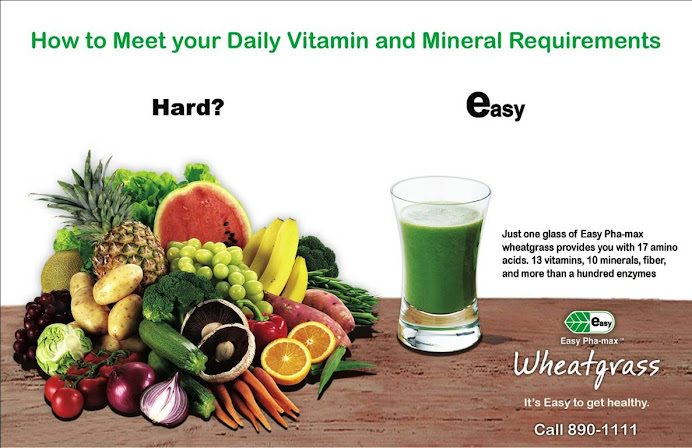If I can single out one organ in our body that is the key to good health, it is no doubt the liver. If you look at the liver, it is really a highly organized mechanical filter, cleansing the blood of impurities and toxins as it returns it back to the right side of the heart.
Unfortunately, our society today is built on fast-food and refined food and this is not doing any good to our liver. It is NOT true that only alcoholics will be at risk of liver disease - in fact, you and me, even our kids who do not drink alcohol are at risk. Consider the following IFs:
- if your diet is high in refined carbs,
- if your diet is high in bad fats like deep fried foods (fries anyone?), chips (typical school snack), preserved meats (tocino, tapa), and hydrogenated vegetable oils (high in trans-fat which are free radicals),
- if your diet is low in fresh colored vegetables and fruits,
- if your diet lacks antioxidants like vitamin C, and
- if your diet is low in good quality protein (fish, tofu, nuts)
THEN, the risk for FATTY LIVER DISEASE is there.
But what is fatty liver disease exactly?
In the world of medicine, this is referred to us NAFLD or Non-Alcoholic Fatty Liver Disease. This is the entry-level stage, of which the liver contains an excessive amount of fat, to the point where healthy liver tissues are partly replaced with unhealthy fats. Because of this, the liver becomes enlarged and swollen, and has a yellow greasy appearance.

Now this is a BAD thing because instead of the liver functioning efficiently as a filter, it is not able to properly do its task. And this results in a variety of symptoms, such as: fatigue, abdominal bloating, abdominal fat (pot belly), reflux, hemorrhoids, overheating of the body, excessive sweating, gall stones, inability to lose weight (even if you are eating less and exercising regularly), high cholesterol and triglycerides, and poor memory.
A more severe form of fatty liver is called NASH or Non-Alcoholic Steato-Hepatitis and is characterized by more inflammation. The real danger here is if not treated, it will progress to sever liver scarring known as Cirrhosis.

My advise is at least once a year, have your liver checked with blood tests, and an ultrasound scan of the abdomen. Better to be safe than sorry.
I've been often asked why some people who are overweight have a harder time losing weight than others. With a strict diet and regular vigorous exercise, someone who has a fatty liver will take a longer time to slim down vs another with a non-fatty liver. This is because it is necessary to remove the fat first from the liver before it can function properly. A fatty liver has forgotten how to burn fat because it has been accustomed to storing fat. But once it is rejuvenated and detoxified, weight management becomes easier as the Yo-Yo effect is avoided.
Taking wheatgrass daily as a supplement helps the liver rejuvenate as wheatgrass cleanses the blood. I have said before that if you just drink it daily, in 20 days, you would have consumed 350 lbs of the choicest vegetables !!!
I highly recommend this book by Dr. Sandra Cabot. I've read it and I know it will help you to be a healthier person.
https://www.liverdoctor.com/index.php?page=shop&subpage=cat1&id=3
To Your Good Health,
Wheatgrass Man







 My advise is at least once a year, have your liver checked with blood tests, and an ultrasound scan of the abdomen. Better to be safe than sorry.
My advise is at least once a year, have your liver checked with blood tests, and an ultrasound scan of the abdomen. Better to be safe than sorry.











